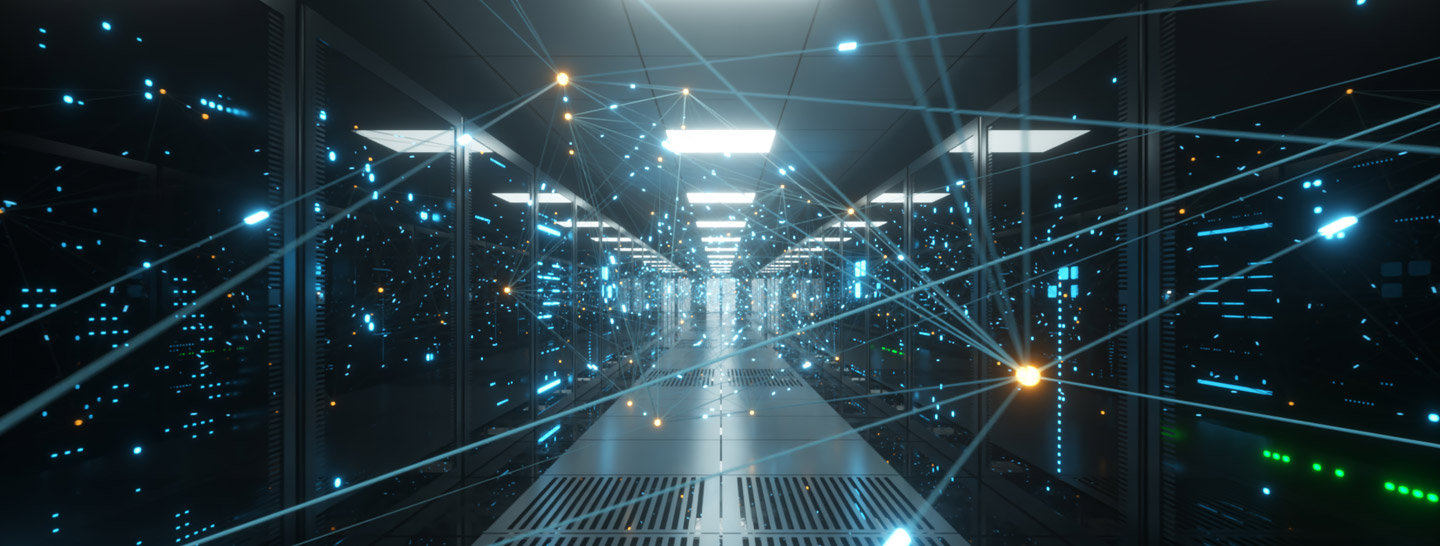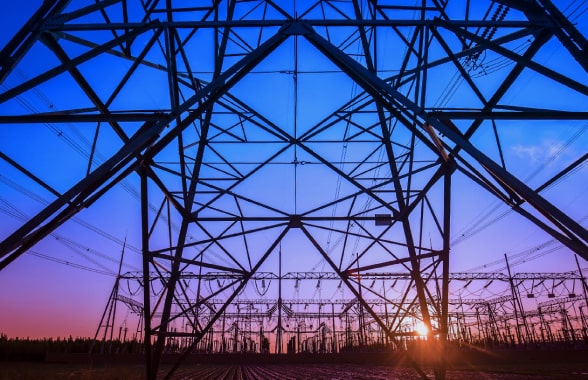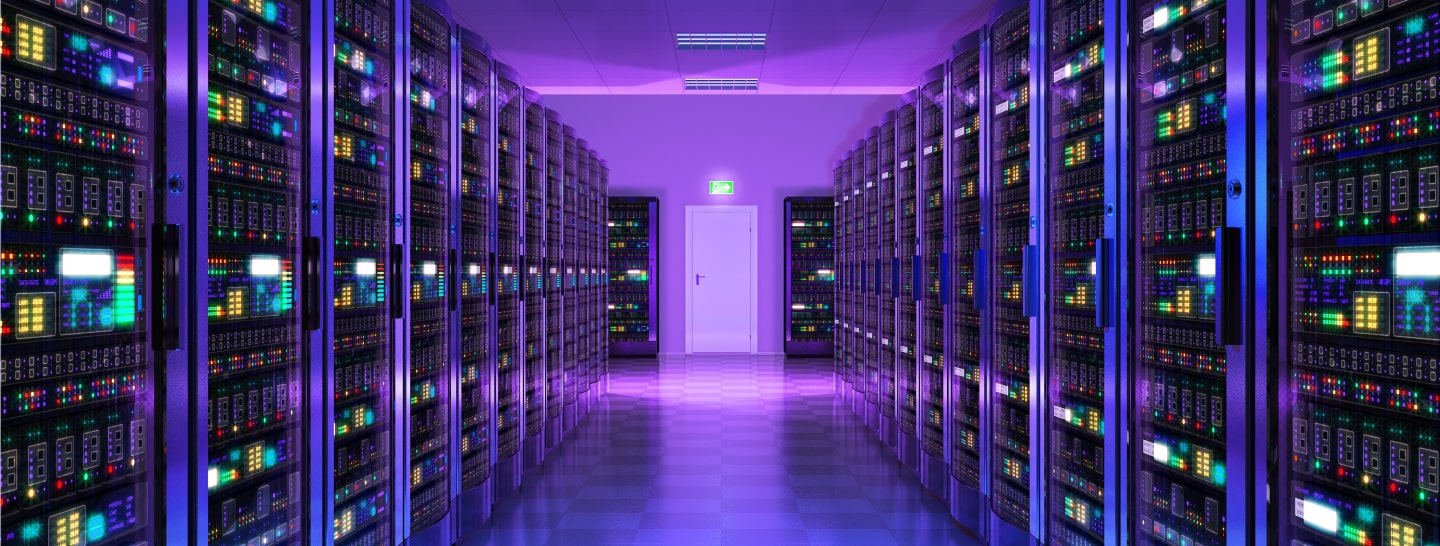
Data centers and their carbon footprint
Data centers consume an estimated 200 terawatt hours (TWh) of energy per year, and their electricity use is likely to increase about fifteen-fold by 2030 to 8% of projected total global electricity demand. For comparison, that is more than the national energy consumption of some countries, and 1% of global electricity demand. The data center industry contributes around 0.3% to overall carbon emissions, and the information and communications technology (ICT) ecosystem that depends on them — including personal devices, mobile phone networks and televisions — accounts for more than 2% of global emissions, according to Nature magazine. The carbon footprint of data centers is therefore a matter for concern, given that the growing ICT sector depends on them for its existence.
Data centers: meaning and definition
A data center is a facility that houses networked computers, storage systems, servers and computing infrastructure that businesses and other organizations use to organize, process, store and disseminate large amounts of data. They usually include power distribution and supplemental power subsystems, backup generators, and ventilation and cooling systems, according to TechTarget.

Building a sustainable strategy for data centers

Data centers need a sustainable decarbonization strategy in order to successfully lower their emissions, increase their energy efficiency, manage grid stability, maintain resilience and cope with volatile electricity prices. A sustainable decarbonization strategy typically incorporates digital tools to manage emissions and utility bills, which provide detailed insights into energy spending in order to inform planning. As a result, companies can then pinpoint how best to implement flexibility solutions such as battery energy storage solutions (BESSs), Demand Response (DR) programs, green power purchase agreements (PPAs), and electric vehicle charging stations and. Data center sustainability depends on many factors, from optimized design through to operations. Everything from energy storage to solar panels are being used to reduce consumption and emissions, according to Data4.
Greener data centers within a circular economy
In a circular economy, waste and pollution are designed out of the economic model. Products, components and materials are kept in circulation, reducing dependence on raw materials and minimizing residual waste. Many of the major players in the data center industry have identified the circular economy — the reuse, repair and recycling of servers and electrical equipment — as a way to become sustainable. The circular economy is cited as one of the six levers towards climate neutral data centers by 2030, according to the Climate Neutral Data Center Pact. The European Commission has issued ecodesign regulations for data centers that take circular economy aspects into account, such as measures to prolong the lifetime of servers by making it easier to refurbish and reuse them.

The future of the data center industry: how to build a more sustainable and efficient world
The future of the data center industry lies in sustainability. In Europe, data center operators and trade associations have agreed to make their facilities climate neutral by 2030. As signatories to the Climate Neutral Data Centre Pact, they have committed to proving their energy efficiency with measurable targets, purchasing 100% carbon-free energy, making water conservation a priority, reusing and repairing their servers, and looking for ways to recycle the heat generated by their plants. As the world transitions away from fossil fuels, it will become more reliant on decentralized smart grids that can handle increasing demand for electricity coupled with the rise of renewables. The sustainable data centers of the near future will therefore run on clean power delivered by smart grids.






